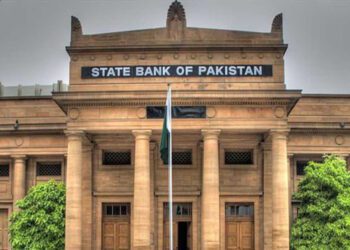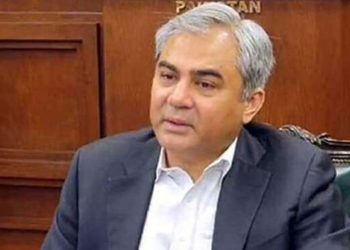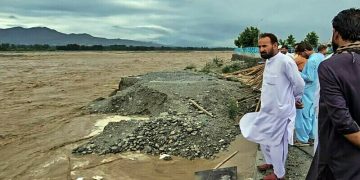Pakistan and the International Monetary Fund (IMF) finally reached an agreement to revive the $6 billion programme which was suspended in April last year due to the coronavirus pandemic and policy disagreements. The global financial institution reached a staff-level agreement that would pave the way for the release of $500 million tranche of loans for Pakistan.
The fund statement released at a huge cost. One thing is quite clear: it is the poor and the unemployed who will have to bear the brunt of the inevitable adjustment that the government would need to implement. The recent hike in petroleum prices and power tariffs is considered a precursor to the revival of the bailout plan.
The government has been encouraged by the positive trajectory despite the pandemic. The country has witnessed an increase in exports, remittances have remained above $2bn per month and there was a surplus current account for most of the ongoing fiscal year.
Since the government has been telling the people for a number of months now that the economy is on the right track and that the foreign exchange reserves are improving, what exactly is the need to re-enter the programme?
The IMF is a place where countries go when they are facing a severe crisis. So the act of re-entering the Fund programme at a time when the government’s ministers are regularly reminding us that the economy is improving appears contradictory.
While the loan would shore up the economy, it would increase the burden on ordinary citizens who have already had a tough year. This should be a greater concern for the government how the most vulnerable will fare than making lofty and contradictory statements that we are heading in the right direction.
While the circular debt is emerging as one of the key risks to Pakistan’s financial and economic stability, a road map for its resolution through substantial tariff increases and governance improvement has become the biggest challenge to the revival of the $6bn IMF programme.
A decisive fiscal consolidation is a key to reducing the large public debt and building resilience and the adoption of the FY 2020 budget is an important initial step. Achieving the fiscal objectives will require a multi-year revenue mobilization strategy to broaden the tax base and raise tax revenue in a well-balanced and equitable manner.
It will also require a strong commitment by the provinces to support the consolidation effort, and effective public financial management to improve the quality and efficiency of public spending.
A flexible market-determined exchange rate and an adequately tight monetary policy will be key to correcting imbalances, rebuilding reserves, and keeping inflation low. In this regard, measures to strengthen the State Bank of Pakistan’s (SBP) autonomy and eliminate central bank financing of the budget deficit will enable the SBP to deliver on its mandate of price and financial stability.
If we really want to develop our country economically, we need to take drastic steps from decreasing our government’s expenditure, keep the interest rates low, and gradually decrease the prices of petroleum products and electricity.






























